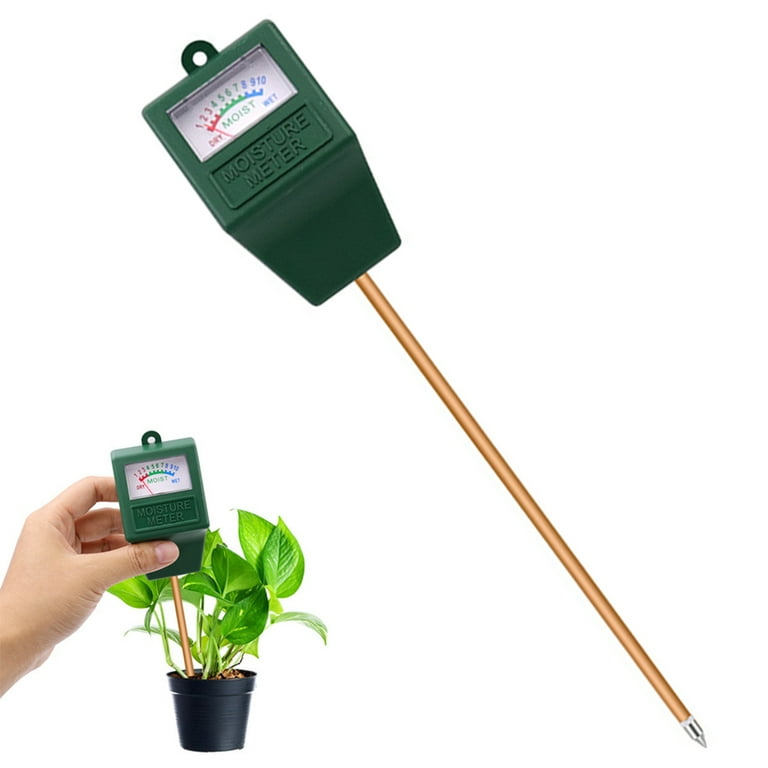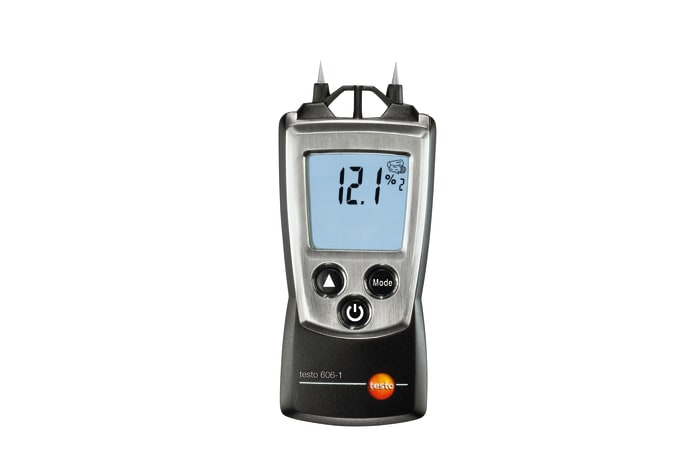The Science Behind Moisture Meters: Just How They Work and Why They're Crucial
Delve Into the World of Moisture Meters: Everything You Need to Know
In the world of moisture meters lies a world of precision and usefulness that usually goes unnoticed. These gadgets, while apparently simple, hold a wealth of information that can dramatically influence numerous sectors and applications. Understanding how moisture meters run, the different types offered, and their varied usages can clarify their importance in making sure quality and efficiency. By discovering the details of dampness meters, one can uncover a valuable device that transcends mere measurement, offering understandings that can make a considerable difference in various areas.
How Moisture Meters Work
Moisture meters run by determining the electrical conductivity or capacitance of materials to identify the dampness material present. These meters are vital tools across various industries, including building and construction, agriculture, and woodworking. By using various techniques such as pinless or pin-type innovation, moisture meters give accurate readings that help professionals make notified choices.
Pin-type dampness meters work by putting the sharp pins into the product being tested. The electrical conductivity in between the pins is after that determined, with greater wetness levels bring about boosted conductivity. Moisture Meter. On the other hand, pinless wetness meters utilize electromagnetic signals to scan a larger area without causing any damages to the material's surface area. These meters are optimal for rapidly examining wetness degrees in huge areas or completed items.
No matter the method made use of, dampness meters play an important duty in avoiding concerns such as mold and mildew growth, structural damages, or item problems created by excess moisture. Comprehending just how these meters work is important for making sure the top quality and stability of materials in different applications.
Kinds Of Moisture Meters
Offered the important function moisture meters play in various sectors, it is important to recognize the various types readily available to experts for accurately assessing dampness levels - Moisture Meter. There are mainly two primary kinds of moisture meters: pin-type and pinless wetness meters

On the various other hand, pinless moisture meters make use of electro-magnetic sensor plates to check a larger area of the material without triggering any damage. This kind is appropriate for swiftly scanning large locations and is commonly made use of for flooring, wall surfaces, and ceilings. Pinless meters are practical for taking analyses on completed surface areas without leaving any kind of visible marks.
Both sorts of wetness meters have their advantages and are picked based upon the certain demands of the job at hand. Comprehending the differences in between these types is crucial for specialists to make precise wetness evaluations.
Applications Throughout Industries
Building and construction professionals depend on wetness meters to analyze the dampness degrees in structure materials like concrete, drywall, and timber, which is important for keeping architectural honesty and avoiding concerns like rot or mold. The flooring industry makes use of wetness meters to measure the wetness web content in subfloors prior to setting up different floor treatments, preventing expensive problems due to excess moisture. In the food sector, wetness meters are used to here are the findings keep track of and manage moisture degrees in products such as grains, nuts, and dried fruits to maintain quality and quality.
Tips for Making Use Of Wetness Meters
Use the moisture meter's calibration setups to make sure exact readings when determining the moisture content in numerous products. Calibration is essential for the correct performance of a wetness meter. Prior to each usage, it is suggested to examine and adjust the calibration setups according to the certain material being checked. Additionally, make certain the meter is set to the proper wetness range for the product you are gauging to get one of the most exact results.
When utilizing a pin-type wetness meter, insert the pins to the ideal deepness advised for the product being checked. This makes certain that the wetness readings are taken from the correct depth within the product, giving a much more accurate depiction of its moisture material. For pinless moisture meters, bear in mind to preserve correct call with the material's surface area to obtain trustworthy readings.
Regularly check and change the batteries in your wetness meter to stop imprecise readings due to low power. Shop the meter in a risk-free and dry area when not in use to prolong its life expectancy and preserve its precision. By complying with these suggestions, you can make best use of the efficiency of your dampness meter and obtain accurate dampness material measurements across various materials.
Upkeep and Calibration
To ensure the precision of moisture web content measurements, routine upkeep and calibration of the dampness meter are vital steps in its appropriate performance. Maintenance includes keeping the dampness meter complimentary and clean from particles that could affect its analyses. It is necessary to follow the producer's guidelines for cleaning to avoid damage to the tool. In addition, regular calibration is essential to validate the my company precision of the analyses. Calibration readjusts the moisture meter to make certain that it provides regular and trusted outcomes.
Calibration must be executed regularly, particularly if the moisture meter is utilized often or in important applications where specific dimensions are needed. Lots of moisture meters include calibration devices or can be adjusted by specialist services. Moisture Meter. It is recommended to maintain a log of calibration dates and results to track the efficiency of the dampness meter with time. By preserving and adjusting the wetness meter consistently, individuals can rely on the accuracy of the dampness content measurements gotten.
Verdict

To conclude, dampness meters play an essential duty in numerous markets by accurately gauging the dampness material of materials. Recognizing exactly how these tools work, the different types readily available, and correct upkeep and calibration are important for obtaining dependable outcomes. Full Report Whether in farming, building and construction, or production, making use of wetness meters helps make sure quality control and performance in processes.

In verdict, moisture meters play a vital duty in different markets by properly gauging the wetness material of materials.